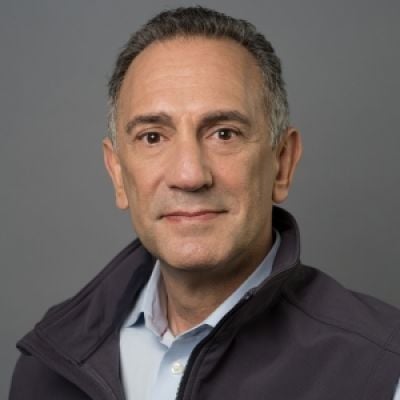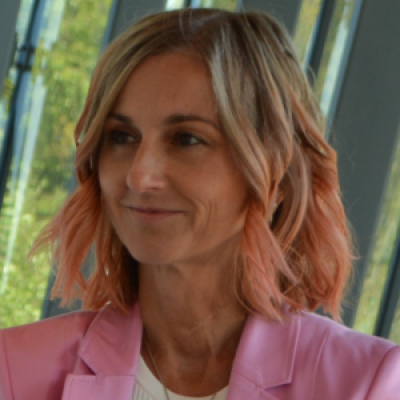
The opioid epidemic is prolific. The human toll undeniable. Rates of substance use disorders are rising, with 2.1 million Americans identified as having an opioid use disorder (OUD). There are an estimated 4-6 million additional people who have yet to come out of the shadows to seek treatment. With a death from an opioid-related overdose every 11 minutes, the crisis is staggering.
For some, these numbers represent a moment of bad news on their morning commutes. For me, I lived them. Like many teenagers, my son Brian tried weed for the first time in the summer before high school. For most, it becomes casual use, but for Brian, through no fault of his own, it led to an addiction to stronger substances.
Over eight years, Brian battled his disease courageously, attending eight different treatment programs. On October 20, 2011, I was woken in the night and told my son had died. He was 25 years old and hadn’t used a substance in 13 months. Even more tragic, it was not addiction that took my son’s life. Brian woke up that morning, researched suicide notes, wrote one of his own, lit a candle, and took his life. Alone.
When you lose a child, you spend much time thinking about what you could have done differently. Conversations you might have navigated better. Moments that may have been the difference between, quite literally, life and death. Brian shared his reasons in his suicide note writing, “It’s about not being treated like a human, especially one who has worked so hard to get back to normal.”
In a recent speech, US Surgeon General Jerome Adams captured this feeling when he expressed: “Folks often ask me what the biggest killer is out there … I think the biggest killer out there is stigma. Stigma keeps people in the shadows. Stigma keeps people from coming forward and asking for help. Stigma keeps families from admitting that there is a problem.”
To reverse the course of the addiction crisis, we must change how people think about substance use—as a disease. We need to address and eliminate the stigma and discrimination that cause shame, loneliness, and tragedy for so many.
To do so, with support from McKinsey & Company and The Public Good Projects, Shatterproof used evidence and case studies from effective social-change movements, including HIV/AIDS, marriage equality, and domestic violence, to create a comprehensive plan whereby Shatterproof will engage people and institutions across the country to transform how our society views the disease.
Studying effective social movements identified common themes where attitudes and behavior were successfully changed: actions included educating, changing policies, and altered language; perception was shifted from “them” to “us”; education about the effectiveness of treatment was emphasized throughout the movement; “contact-based” personal stories and interactions were very effective at changing attitudes and reducing social distance; both positive and negative incentives were employed with people and institutions; and actions were mobilized at the “grassroots” and “grasstops” levels.
In addition to those learnings, our research found that successful movements made change when there was a well-funded, central actor responsible for driving rapid change, mobilizing institutions, and ensuring continuous improvement via research. That is why, as we approach 2020, we will establish the Shatterproof Center to End Stigma.
The Shatterproof Center to End Stigma will address structural and social causes of stigma across numerous systems. For example, within our health-care industry, we will address recent research that exposes half of counties in the US as lacking a physician licensed to treat those with an opioid use disorder. Within our criminal justice system, less than 1 percent of those in prisons are offered treatment while in prison. These are just a few examples of challenges that foster stigma.
For millions of Americans, stigma is why they do not seek treatment or access evidence-based treatment that works. This must be changed so children like Brian are accepted as their full selves regardless of where they are in their treatment and recovery journey.


















